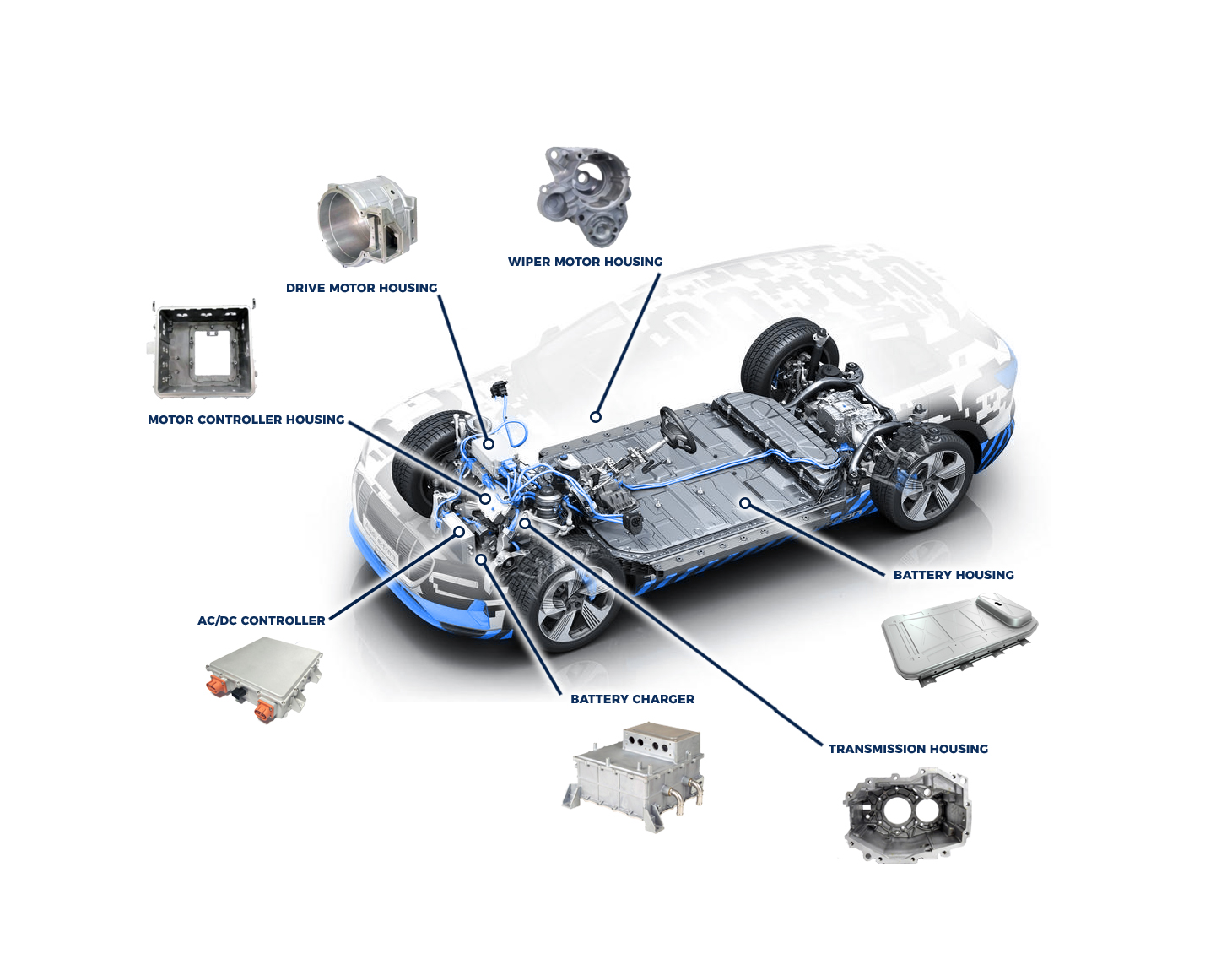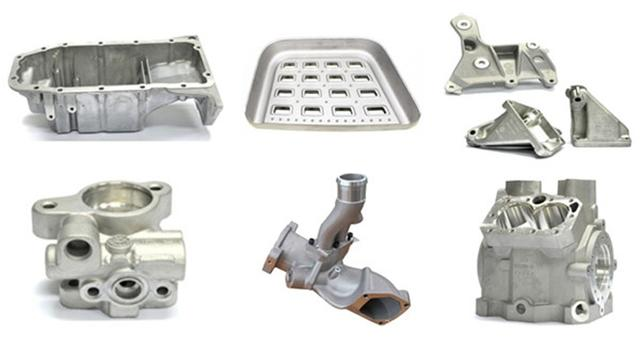

Silicon (Si)
Silicon is the main element in most die-cast aluminum alloys. It improves the casting properties of the alloy.
Silicon and aluminum form a solid solution. The solubility of silicon in aluminum is 1.65% at 577°C, and 0.2% at room temperature. When the content of silicon reaches 11.7%, silicon and aluminum form eutectic, which improves the high-temperature modeling properties of the alloy, reduces shrinkage, and has no tendency to thermal cracking.
Binary aluminum-based alloys have high corrosion resistance. When the amount of silicon in the alloy exceeds the eutectic composition, and there are many impurities such as copper and iron, the hard point of free silicon appears, which makes cutting and machining difficult, and the high-silicon aluminum alloy has a serious effect of melt corrosion on the crucible of the casting.
Copper (Cu)
Copper and aluminum form a solid solution. When the temperature is at 548C, the solubility of copper in aluminum should be 5.65%, which drops to about 0.1% at room temperature.
Increase the copper content, can improve the fluidity, tensile strength and hardness of the alloy, but reduces the corrosion resistance and plasticity, and the tendency of thermal cracking increases.
Iron (Fe)
All aluminum alloys contain harmful impurities.
When the iron content in aluminum alloy is too high, iron exists in the alloy in the form of FeAl3, Fe2Al7 and Al-Si-Fe lamellars or needles, which reduces the mechanical properties, and this kind of organization also reduces the fluidity of the alloy and increases the thermal cracking.
When the iron content is below 0.6 %, the adhesion of aluminum alloy to the mold is especially strong. When more than 0.6%, sticky mold phenomenon will be greatly reduced, so the iron content should generally be controlled in the range of 0.6 ~ 1% is good for die-casting, but the maximum can not exceed 1.5%.
.jpg)


